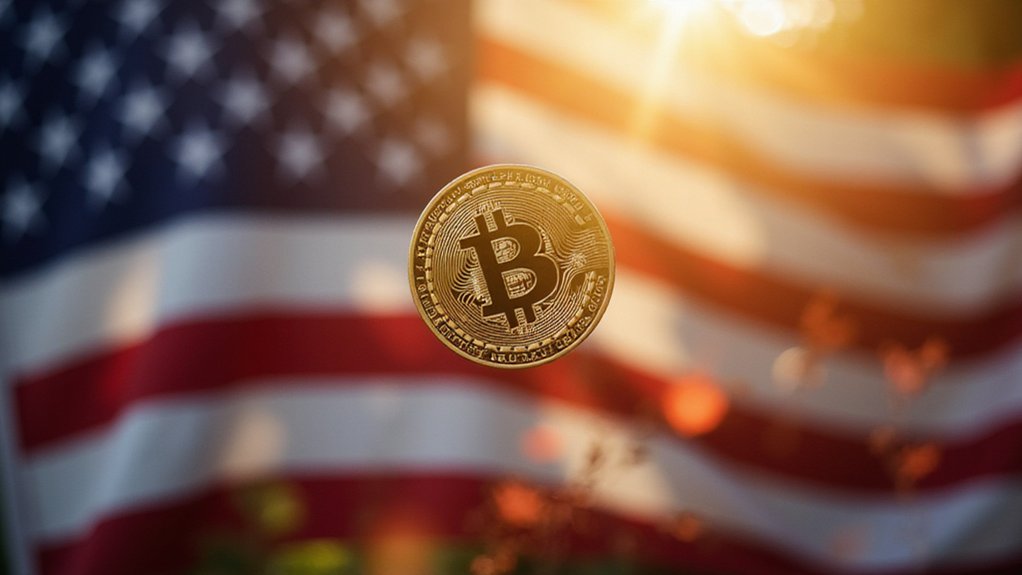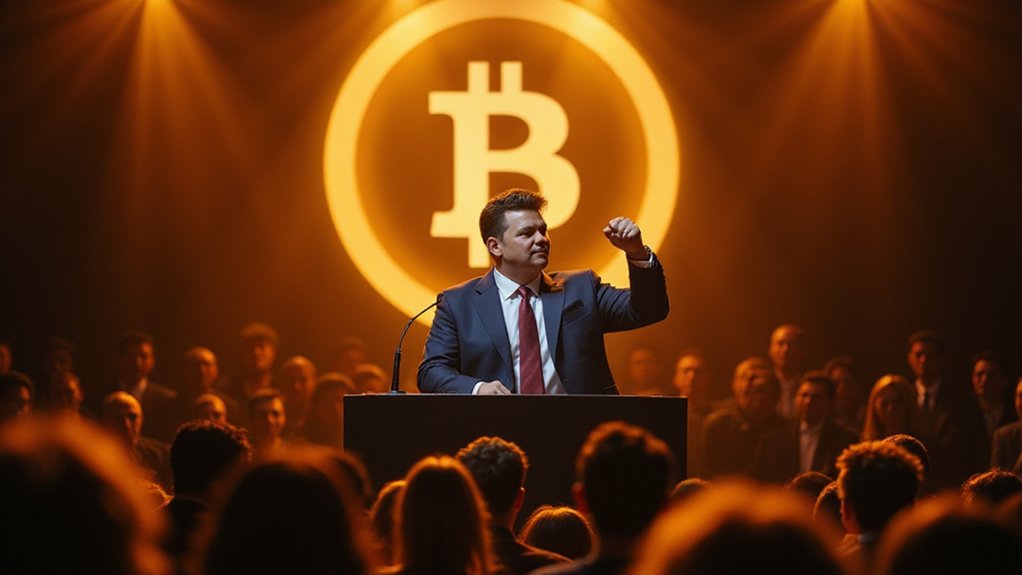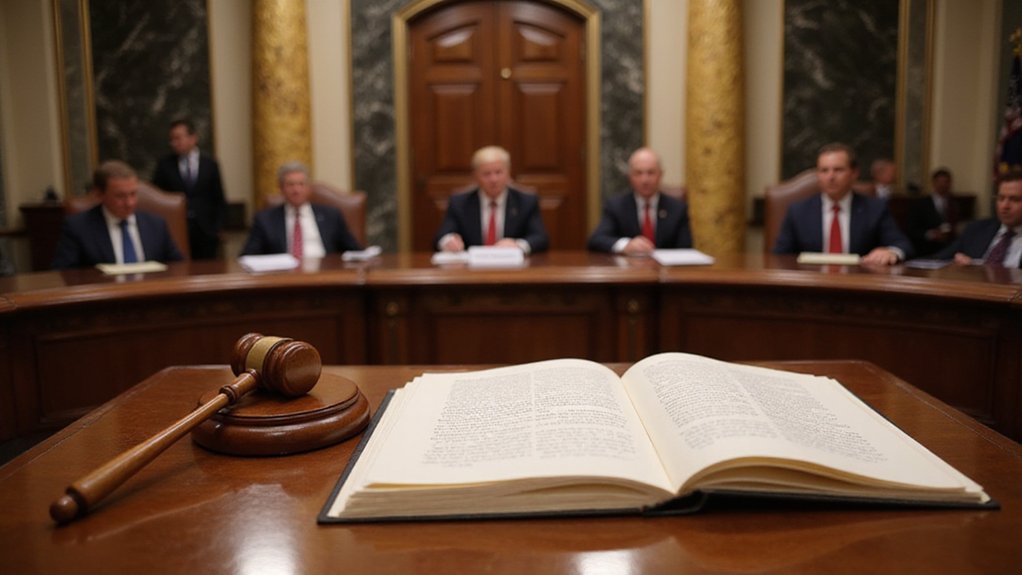While most presidential families retreat to quiet post-administration pursuits like library construction or memoir writing, the Trump clan has characteristically chosen a more entrepreneurial path—launching World Liberty Financial (WLF), a cryptocurrency venture seeking $1.5 billion in funding that would make even the most ambitious Silicon Valley unicorn blush.
The venture, with Donald Trump listed as “co-founder emeritus” (a title that somehow manages to sound both grandiose and legally distant), represents perhaps the most audacious fusion of political influence and digital assets in recent memory. WLF’s ambitious blueprint includes launching USD1, a dollar-backed stablecoin, alongside a crypto-lending application designed to bridge traditional finance with the decentralized future that Trump now champions as inevitable. This lending platform would operate similarly to established DeFi protocols that eliminate traditional banking intermediaries through blockchain-based smart contracts.
The funding mechanics reveal typical crypto-era complexity: WLFI tokens will initially function as non-transferable governance instruments before evolving into tradable assets on public markets. This structure allows early investors—led by crypto billionaire Justin Sun, who escalated his stake from $30 million to $75 million—to potentially capture significant upside while providing WLF access to Sun’s technological infrastructure for stablecoin operations.
The timing appears strategically orchestrated. Trump’s complete philosophical pivot from crypto skeptic to industry evangelist coincided with regulatory appointments favoring digital assets and the dissolution of Biden-era enforcement initiatives. The SEC’s decision to pause investigations into Sun shortly after his WLF investment has raised eyebrows among congressional Democrats, who’ve criticized the venture’s opaque operations.
The broader market context amplifies WLF’s significance. Corporate crypto purchases surged 66% year-over-year, while regulatory changes now permit cryptocurrency investments in retirement accounts—potentially expanding WLF’s investor base exponentially. The venture positions itself within a wave of digital-asset treasury firms collectively targeting tens of billions in capital deployment. Major news outlets have provided extensive video coverage of the developments, offering detailed analysis and expert commentary on the political and financial implications. The Trump family is simultaneously expanding their crypto sector presence with mining projects and ETF plans, demonstrating their comprehensive approach to digital asset market penetration.
Yet questions persist about the intersection of political influence and regulatory oversight. Trump’s endorsement of the GENIUS Act—stablecoin legislation progressing through Congress—alongside WLF’s stablecoin launch suggests coordination that extends beyond mere coincidence.
The synchronicity between Trump’s legislative advocacy and his family’s stablecoin venture raises uncomfortable questions about regulatory independence.
Whether this represents shrewd business timing or concerning regulatory capture remains hotly debated, though the crypto markets appear decidedly optimistic about the Trump family’s latest entrepreneurial gambit.









